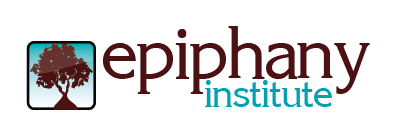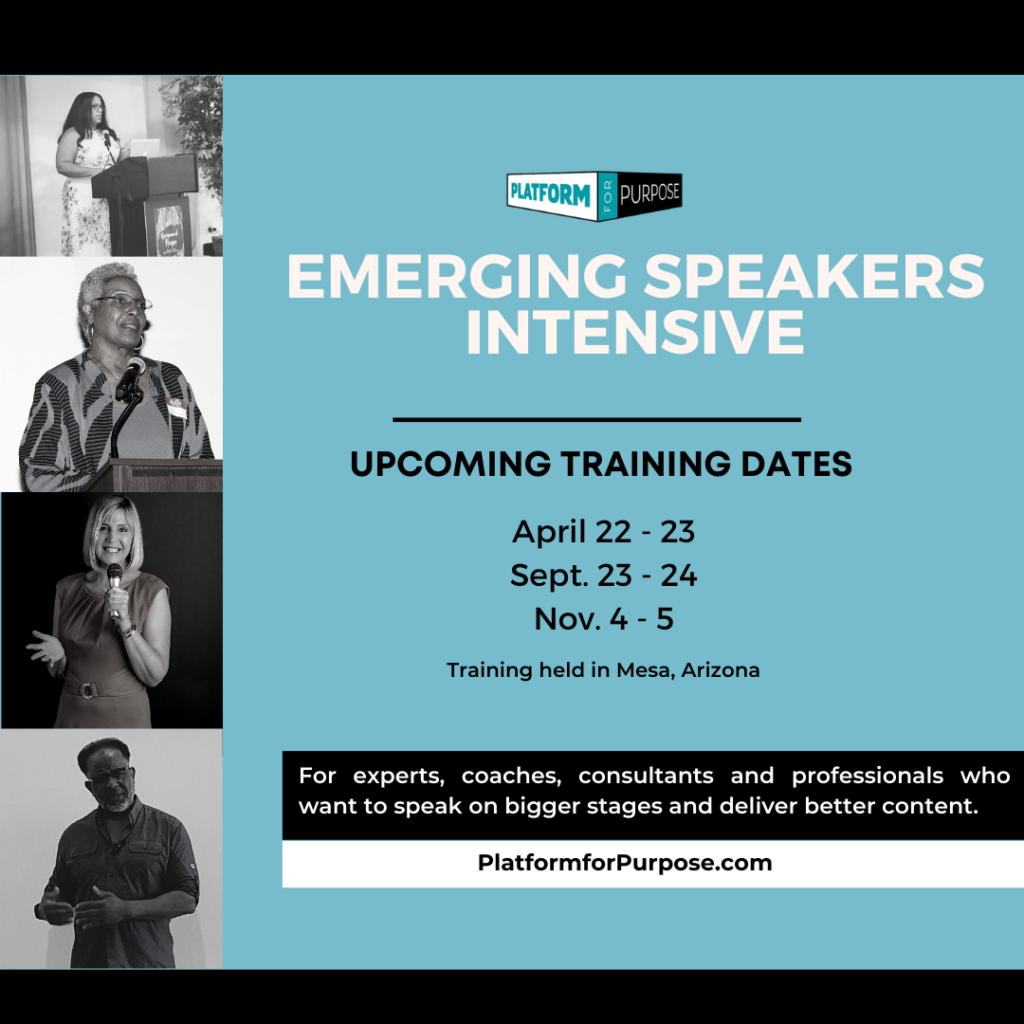Is overconfidence undermining your presentations?

I have the pleasure of working with experts who are so well-versed in their subject areas that they could teach in their sleep. And I’m sure you can think of a keynote speaker so charismatic they can recite the alphabet and get a standing ovation. You might even be that person.
When you’re confident in your abilities as a speaker, it’s easy to feel like you can wing it and still get the job done. And it’s not like you plan to wing it.
You’re up to your ears in other priorities, and before you know it, the day is here. Now you’re in the shower writing the presentation in your head three hours before delivering it.
You pulled it off, right? Maybe.
Did your audience get what they really needed from you, or were they just impressed by your wealth of knowledge or show-stopping delivery? If you want to be an audience-centered speaker, you must activate this foundational skill: preparation.
Why Preparation Matters in Presentations
Adequate preparation is essential for several reasons. First, it allows you to create a clear objective for the presentation. From that point, you will be more effective at structuring your talk or training to ensure you stay on track.
Second, preparation allows you to tailor the presentation to your audience. Even if you’re delivering a “canned” presentation, researching your audience will help you to understand their needs, interests, and learning styles so you can meet their needs. This approach ensures that your content is engaging and relevant to your audience, which helps to increase their participation and retention of the information.
Finally, preparation allows you to build confidence in your presentation skills. Practicing your presentation in advance ensures that you’re familiar with the material, and you’re less likely to forget important points or become flustered if something goes wrong.
5 Tips for Preparing for a Successful Presentation
Here are some tips for preparing for a successful presentation:
1. Know your audience.
Researching your audience allows you to tailor your presentation to their needs and interests. Consider their demographics, psychographics, knowledge and experience levels, and what you are uniquely skilled to teach them that they can’t learn elsewhere.
If delivering content that has already been developed, look at how you can make your stories or even the graphics on your slides more relevant. Small modifications can make your audience feel like every word was crafted just for them.
2. Create a clear objective.
Start by asking yourself, “What do I want my audience to think, do, or feel as a result of my presentation?” Use this information to develop your objective and specific information to cover. If you frequently find yourself rushing through your presentations because you’re running out of time, getting this part right will help you to whittle down your content.
3. Develop engaging materials.
Visual aids and interactive activities can help to engage your audience and reinforce key points. I enjoy using tools like Kahoot and Slido to create audience interaction, even for virtual presentations.
If you’re using PowerPoint slides, don’t make it a script of your presentation. Here’s a test: If you can send someone your slide deck and they feel like they have a solid grasp on your presentation, there’s too much text on your slides. If you want them to have details in a takeaway format, create handouts for that purpose.
4. Practice, practice, practice.
Practicing your presentation is essential for building confidence and ensuring that you’re familiar with the material. This will also help you to get a better estimate of the length of your presentation and if you’re delivering the content in the most effective order. If the stakes are high or you’re unsure if an element of your presentation is working, practice with a colleague who can offer productive feedback.
5. Plan for potential challenges.
Prepare for potential challenges that may arise during your presentation, such as technical difficulties or difficult participants. Have a backup plan and stay calm if something goes wrong. This is another reason why practice is important. If you can’t use your slides or need to cut your presentation by 10 minutes, you know it well enough to make the adjustment and still deliver for your audience.
Conclusion
Preparation is essential for ensuring that your presentation is engaging, relevant, and effective. By knowing your audience, creating a clear objective, developing engaging materials, practicing your presentation, and planning for potential challenges, you can deliver a successful presentation that provides the desired transformation and exceeds your audience’s expectations.
Remember, don’t wing it or rely solely on your existing knowledge or skills to carry you. While your preparation should get easier with experience, we must respect our audiences by making sure preparation always takes place.
Attend the Emerging Speakers Intensive
Is delivering training, keynote speeches, or presentations an important element of your job or business? Would you like to boost your confidence by knowing you have the tools to consistently deliver for your audience, instead of wondering if you were effective?
If this is you, I invite you to apply for the Emerging Speakers Intensive in Mesa, Arizona. This is a very intimate training that focuses both on preparing great content and delivering it in a way that strengthens your message. To find out if the program is a good fit for you, schedule a no-cost consultation.
Learn more about the Emerging Speakers Intensive at PlatformforPurpose.com.
Know someone who could benefit from attending? Please share it with them! They’ll thank you for it if they attend.

